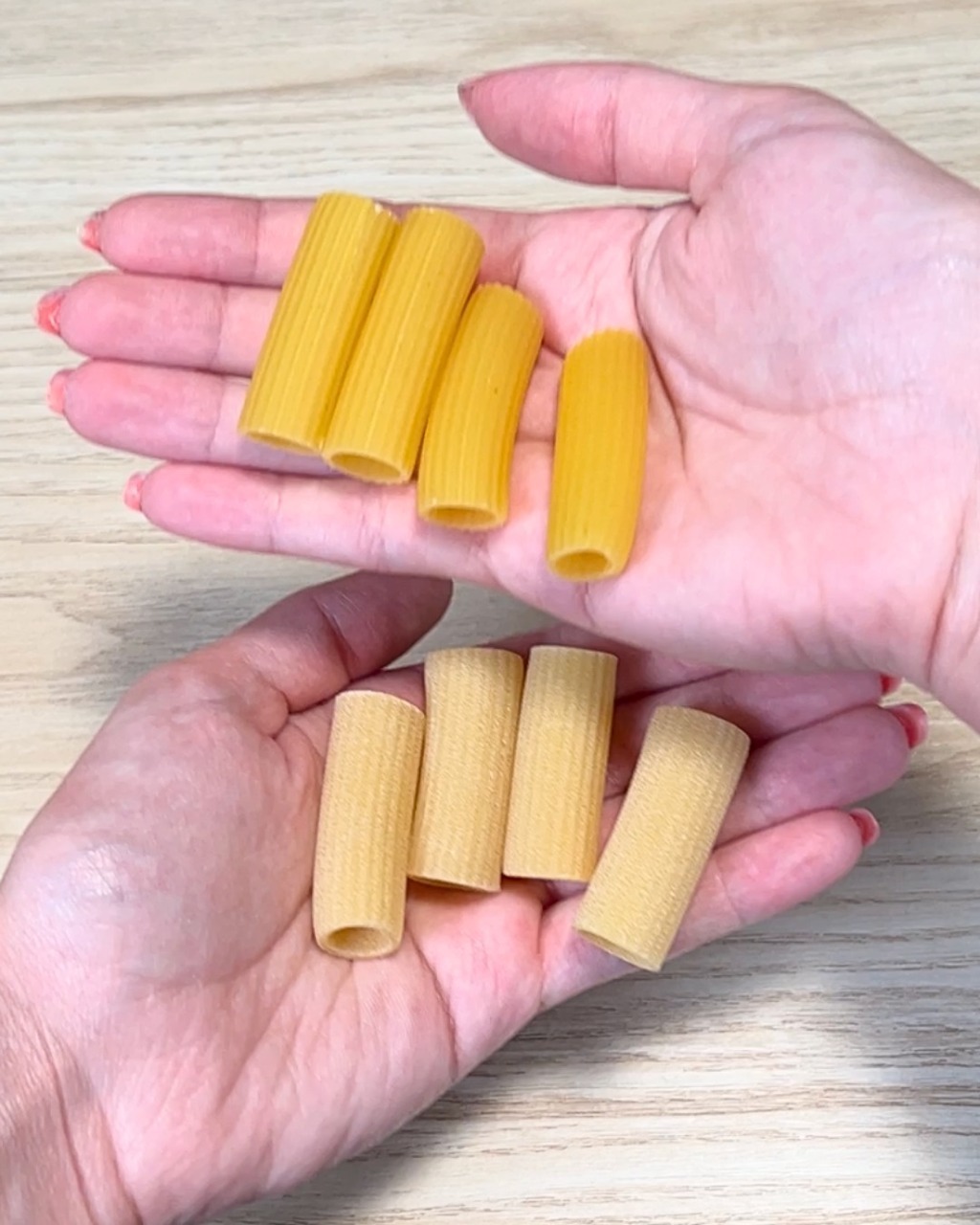ADVERTISEMENT
Why the Color of Pasta Matters: Unlocking the Secrets to Perfect Dishes
When it comes to preparing pasta, we often focus on the type, texture, and sauce pairing, but did you know that the color of your pasta plays an important role in the final dish? While the classic golden hue of traditional pasta is well-known, pasta comes in a variety of colors, each influencing both the visual appeal and taste of your meal. Understanding the significance of pasta color can elevate your cooking game and add an exciting twist to your meals.
In this article, we’ll explore how different pasta colors can enhance your dishes and how you can use this knowledge to create more vibrant, flavorful, and visually stunning plates.
The Classic Golden Pasta: A Symbol of Tradition
Most pasta varieties, from spaghetti to fusilli, are traditionally golden in color. This natural color comes from semolina flour made from durum wheat, the most common type of wheat used in pasta-making. The golden hue signifies a classic and timeless approach to Italian cooking, and this type of pasta works well with almost any sauce, from marinara and pesto to creamy Alfredo or bolognese.
Best for:
- Rich, hearty sauces like Bolognese, meatballs, or creamy Alfredo.
- Dishes that benefit from the pasta’s neutral color, allowing the sauce and ingredients to take center stage.
Green Pasta: A Touch of Freshness
Green pasta often incorporates spinach, basil, or other green vegetables into the dough. The natural green color not only adds visual interest to your dish but also imparts a subtle earthy flavor. This type of pasta is especially popular in fresh pasta varieties like fettuccine, pappardelle, or ravioli.
Best for:
- Pairing with lighter sauces, such as pesto or a simple olive oil and garlic sauce, which complement the herbal flavors.
- Delicate seafood pasta dishes or vegetarian meals where the green color can enhance the overall freshness of the dish.
Red and Pink Pasta: Sweet and Savory Delights
Red pasta, typically made with the addition of tomatoes, beets, or red peppers, offers a visually striking contrast against the classic golden hue. The color adds vibrancy and pairs well with robust, tangy sauces. Tomato-based sauces, such as marinara or arrabbiata, harmonize beautifully with red pasta, making for a deliciously vibrant dish.
Best for:
- Tomato-based sauces and bolognese, where the red pasta can elevate the color of the sauce and create a beautiful contrast.
- Dishes with roasted vegetables, as the deep red tones enhance the visual appeal of the meal.
Black Pasta: Rich, Bold, and Luxurious
Black pasta, often infused with squid ink or activated charcoal, is a striking choice for adding an air of sophistication to your dishes. The dark color brings out a dramatic contrast with lighter sauces, creating a visually stunning presentation. The unique, briny flavor of squid ink adds a subtle seafood taste, making it perfect for pairing with shellfish or seafood-based sauces.
Best for:
- Seafood dishes, particularly those featuring shellfish, clams, or shrimp, where the black pasta enhances the flavor profile.
- Elegant pasta dishes that require a bold, unique look and a sophisticated flavor.
For Complete Cooking STEPS Please Head On Over To Next Page Or Open button (>) and don’t forget to SHARE with your Facebook friends
ADVERTISEMENT
ADVERTISEMENT
